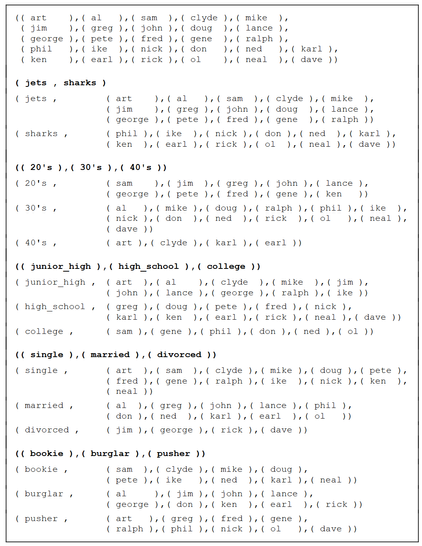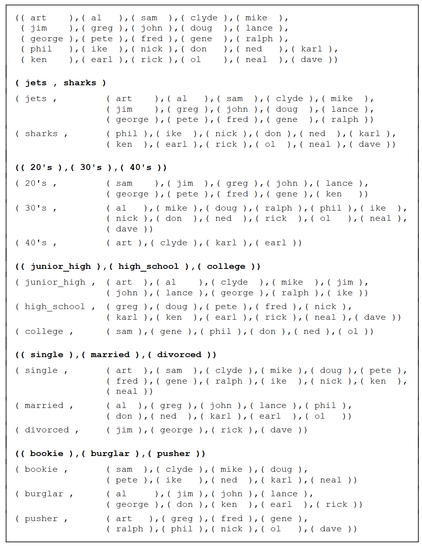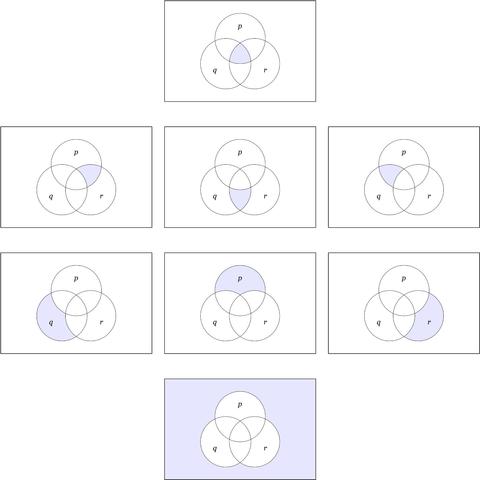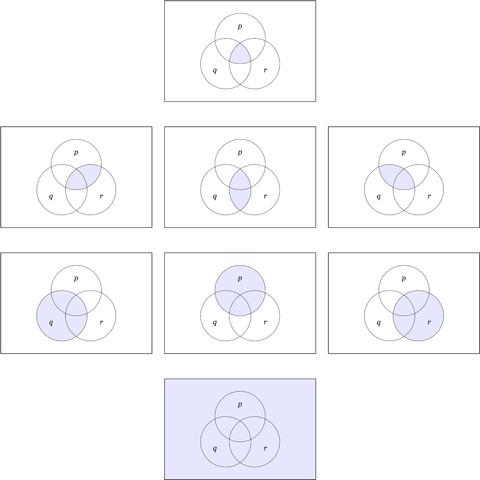Operator Variables in Logical Graphs • 1.2
• https://inquiryintoinquiry.com/2024/04/06/operator-variables-in-logical-graphs-1/
Consider De Morgan's rules:
• ¬(A ∧ B) = ¬A ∨ ¬B
• ¬(A ∨ B) = ¬A ∧ ¬B
The common form exhibited by the two rules could be captured in a single formula by taking “o₁” and “o₂” as variable names ranging over a family of logical operators, then asking what substitutions for o₁ and o₂ would satisfy the following equation.
• ¬(A o₁ B) = ¬A o₂ ¬B
We already know two solutions to this “operator equation”, namely, (o₁, o₂) = (∧, ∨) and (o₁, o₂) = (∨, ∧). Wouldn't it be just like Peirce to ask if there are others?
Having broached the subject of “logical operator variables”, I will leave it for now in the same way Peirce himself did:
❝I shall not further enlarge upon this matter at this point, although the conception mentioned opens a wide field; because it cannot be set in its proper light without overstepping the limits of dichotomic mathematics.❞ (Peirce, CP 4.306).
Further exploration of operator variables and operator invariants treads on grounds traditionally known as second intentional logic and “opens a wide field”, as Peirce says. For now, however, I will tend to that corner of the field where our garden variety logical graphs grow, observing the ways in which operative variations and operative themes naturally develop on those grounds.
#Peirce #Logic #LogicalGraphs #EntitativeGraphs #ExistentialGraphs
#SpencerBrown #LawsOfForm #BooleanFunctions #PropositionalCalculus
#CactusSyntax #MinimalNegationOperators #LogicalOperatorVariables



